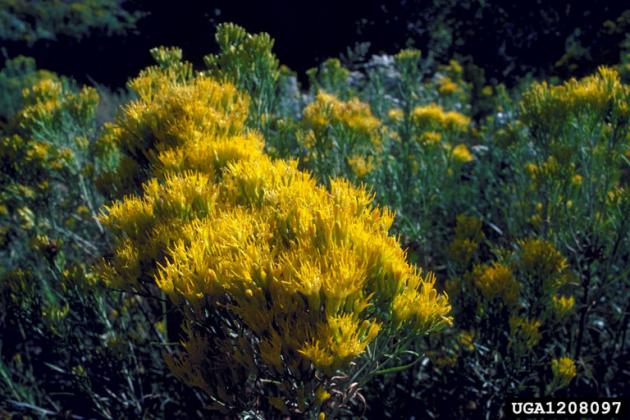Plants adapted to arid regions have developed strategies to overcome long periods of water shortage. Note, however, that not all arid region plants are water-wise.
Riparian and wetland plants naturally found in wet areas need significantly more water than drought adapted plants. Avoid planting these plants in the same water zone as drought tolerant plants.
Plants found at higher elevations in most western mountain states may also fail to thrive in adjacent drier, hotter valleys.These plants are adapted to the relatively cooler and wetter conditions found in higher elevations.
Characteristics that might be seen when shopping for plant choices for use on dry, sunny sites include the following. Note that many of these characteristics control water loss by reducing moisture loss through the leaves.
- Tend to have small leaves less than an inch across; smaller leaves reduce water loss by eliminating heat faster than larger leaves
- Foliage that is light blue, gray or light green reflects high energy solar radiation to reduce leaf temperature
- Leaf orientation on certain plants can minimize exposure to mid day sun
- Waxy leaf surfaces reduce moisture loss
- Hairy leaf surfaces reduce wind speeds on leaf surfaces which slows evapotranspiration and reduces water loss from leaf surfaces
- Deep taproots give plants the ability to tap into deeper water supplies
- Wide spacing between plants allows plants to ‘scavenge’ more actively for water over a larger surface area



Additional Resources:
Northeast
Massachusetts – Drought Tolerant Plants for the Landscape
Midwest
Michigan – Drought Tolerant Plants
West
Utah – Plant Adaptations to Arid Environments
Southwest
California – Drought Tolerant Plants
